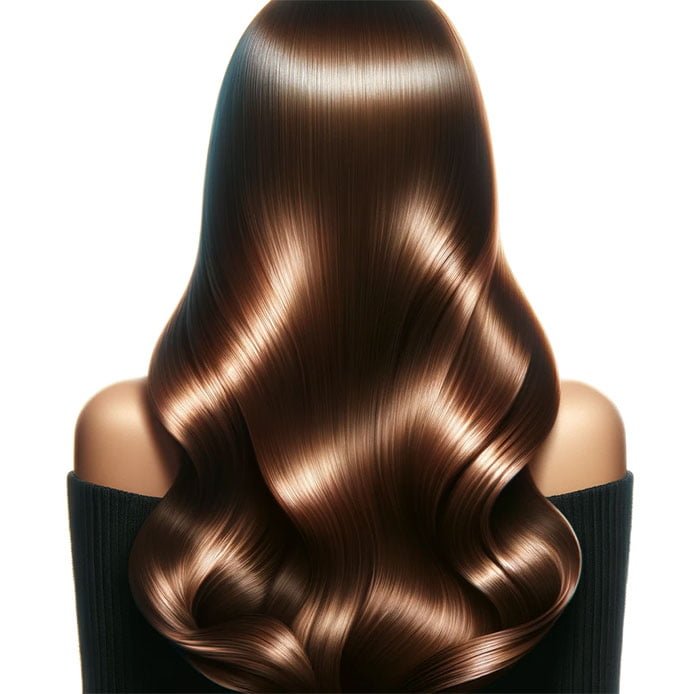Unveiling the Benefits and Drawbacks of Various Salon Hair Treatments
In the world of hair care, salon treatments such as keratin, smoothing, and others have become staples for those seeking transformative results. However, understanding the pros and cons of salon hair treatments is essential for anyone looking to enhance their hair’s health and appearance. This comprehensive guide will explore the myriad of benefits and potential drawbacks associated with various salon treatments, offering you valuable insights to make informed decisions for your hair care journey.
Pros of Salon Hair Treatments:
Transformative Results: The allure of salon treatments lies in their ability to dramatically transform your hair. These treatments can provide smoothness, enhance shine, and offer unrivalled frizz control. The results often surpass what at-home treatments can achieve, leaving you with a salon-quality finish right from the chair.
Customized Solutions: One of the greatest advantages of salon treatments is the customization they offer. Salons cater to a wide array of hair types and problems, ensuring that whether you have curly, wavy, or straight hair, there’s a treatment tailored just for you. For example, if you have curly hair, understanding your hair type is crucial to finding the most suitable salon treatment (Refer to 1.4. Identifying Your Hair Type).

Expert Advice: When you visit a salon, you’re not just paying for a treatment; you’re also gaining access to professional advice and expertise. Hairstylists can assess your hair’s condition and recommend treatments that will yield the best results. This professional insight is particularly beneficial for those grappling with common hair problems (Refer to 1.3. Common Hair Problems and Solutions).
Long-Lasting Effects: Many salon treatments are designed to provide long-term results. This means less frequent touch-ups and maintenance, saving you both time and money in the long run.
Cons of Salon Hair Treatments:
Chemical Exposure: Some treatments involve harsh chemicals that can damage hair over time, leading to issues like dryness or breakage. It’s essential to consider treatments that align with managing hair porosity (Refer to 1.6. Managing Hair Porosity).
Cost: Salon treatments can be expensive, particularly if they require regular upkeep.
Time-Consuming: Some treatments require long sessions at the salon and may necessitate follow-up visits.
Limited Suitability: Not all treatments are suitable for every hair type or condition. For example, keratin treatments might not be ideal for overly processed or damaged hair (Refer to 4.3. Managing Split Ends and Breakage).

Choosing the Right Treatment:
Making the right choice involves understanding your hair’s unique needs and the specific offerings of each treatment. Here are some additional factors to consider:
Hair Texture and Condition: Assess your hair’s texture and current condition. If you have fine or damaged hair, certain treatments might be too harsh. Conversely, thick or coarse hair might require stronger treatments to achieve the desired results.
Lifestyle and Maintenance: Consider your lifestyle and how much time you can dedicate to hair maintenance. Some treatments require specific aftercare routines, which might not align with your daily schedule.
Long-Term Hair Goals: Reflect on your long-term hair goals. Are you seeking a temporary change or a long-term transformation? Understanding this can help you choose treatments that align with your objectives.
Conclusion
Weighing the pros and cons of salon hair treatments is a vital step before committing to any hair care procedure. While these treatments offer remarkable and often transformative results, factors like cost, time investment, and potential hair damage should be carefully considered. Always consult with hair care professionals to determine the best treatment plan tailored to your hair’s specific needs. Remember, effective hair care is about making informed choices that not only enhance your hair’s appearance but also its health and vitality.
